Up Close & Personal: A Bedbug Album
Bedbug Mug Shot

Bedbugs. To the naked eye they look like little more than blood-filled dots, but look through a microscope and you see a monster. This image, digitally-colorized scanning electron micrograph, shows the underside of a bedbug's head and the first pair of its six jointed legs. Its mouthparts, used to pierce the skin and suck up blood, are shown in purple.
Common Bedbug
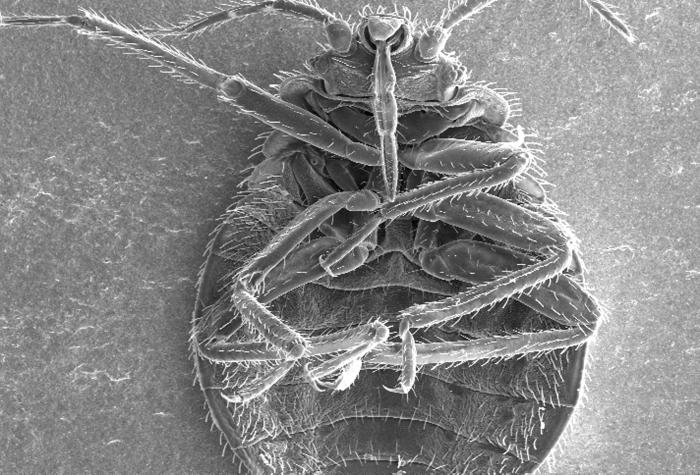
A view of a bedbug's ventral (or stomach) surface without added color. Its six legs and needlelike proboscis are visible.
In the Act
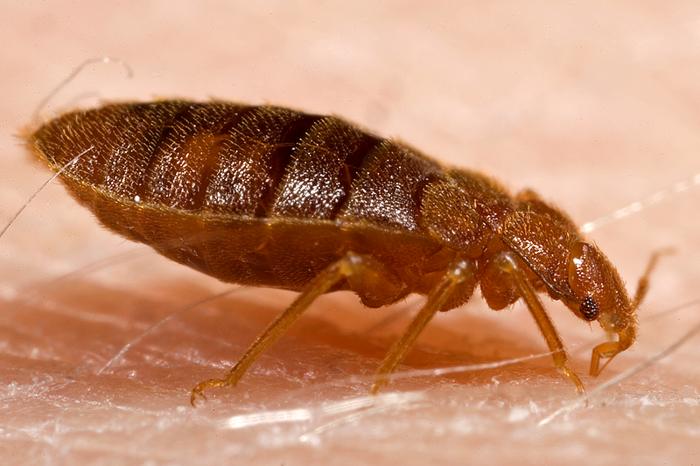
This photo from 2006 shows a bedbug in action, sucking blood from a human.
A Close Up
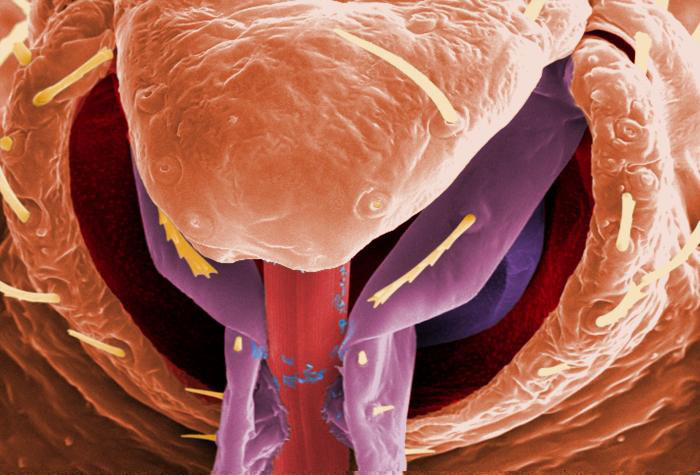
A closer view of the head of a bedbug, Cimex lectularius. Although they feed on blood, there is no evidence bedbugs spread disease. From a medical perspective, the biggest problem they can cause is an allergic reaction to their saliva, according to the U.S. Centers for Disease Control and Prevention.
Eye to Eye
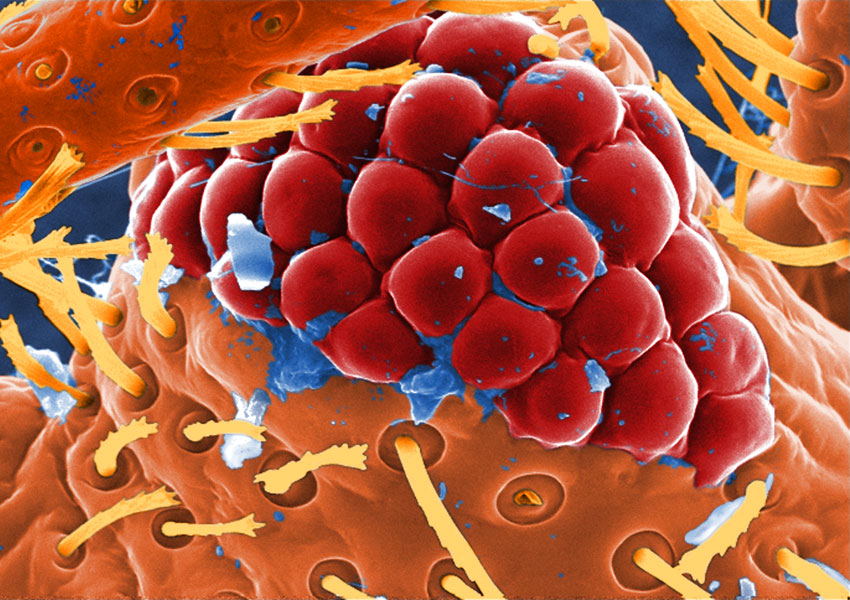
A view of a bedbug's compound eye, in red. The single large eye is made up of many repeating units, known as "ommatidia." The compound eye is very sensitive to movement with each ommatidium turning off and on as objects pass across its field of view, according to the CDC.
Fuzzy Bedbugs?

C. lectularius, the common bedbug, hides in cracks and crevices in furniture, floors and walls and comes out at night to feed on its favorite meal, human blood. It grows up to 0.3 inches (7 millimeters) long and can live up to one year. The tiny hairlike structures shown on the back of this bedbug are not actually hairs but sensory structures called setae, according to the CDC.
Setae
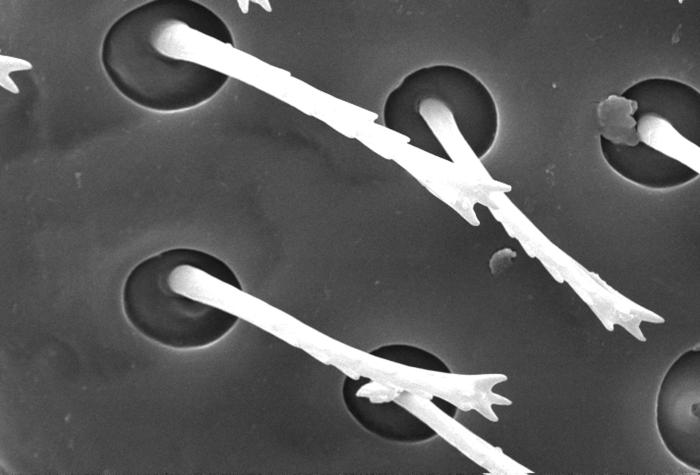
A close-up view of the hairlike sensory structures known as setae. They are made of chitin, the same material that makes up the rest of the bedbug's tough outer skeleton.
Get the world’s most fascinating discoveries delivered straight to your inbox.
Tiny Bug
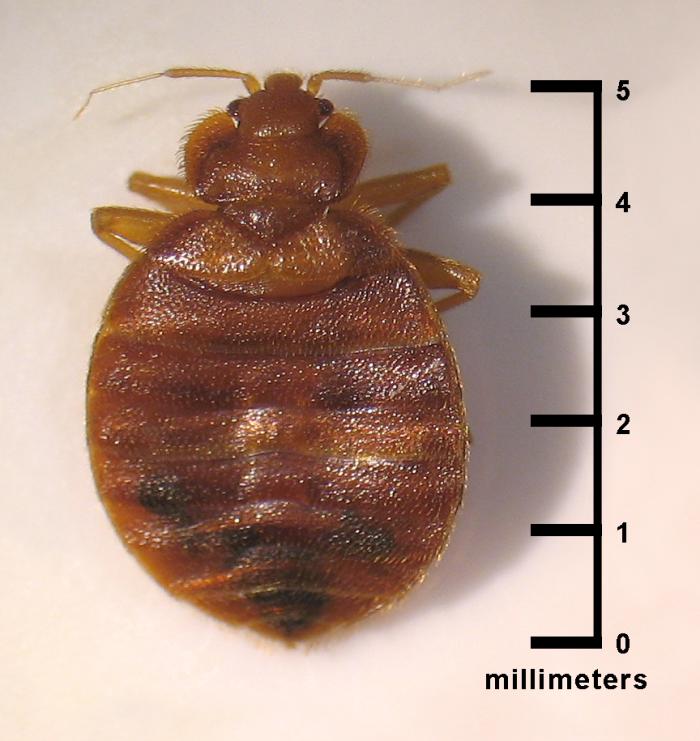
This bedbug measures 0.2 inches (5 millimeters) long, less than a third the diameter of a dime.

